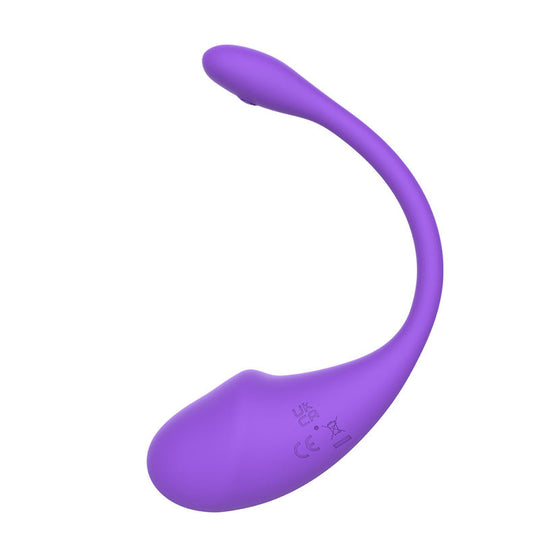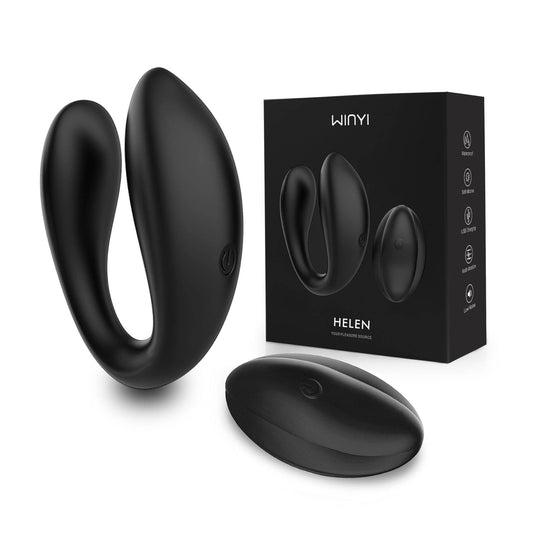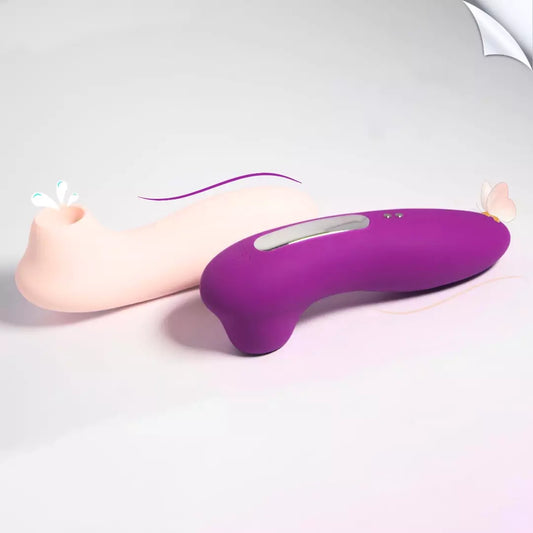Have you ever encountered the letters of LGBTQ+ and wondered what they refer to? It could be an alphabet soup that is confusing initially, but by the time you've finished this guide, you'll know the basics!
Knowing these terms is like breaking a code. This code, however, helps you understand the incredible diversity in the world of gender identity and sexual orientation. This is pretty amazing. Let's take a look!
Breaking Down the Big Letters of LGBTQ+
Let's begin by separating the letters one at a time to determine exactly what they stand for:
L = Lesbian
G = Gay
B = Bisexual
T = Transgender
Q = Queer and Questioning
+ = + = "plus" means there are many other identities to be found as well!

When you put all of those letters together - LGBTQ+ - it's an umbrella phrase that embodies the whole group of people who have different experiences about sexuality and gender.
It recognizes that many different identities and orientations go beyond only "boy" and "girl" or "straight" and "gay."
You can think of it as a rainbow Pride flag. The rainbow is made up of multiple colors, and LGBTQ+ is an umbrella term that encompasses multiple identities that are woven as one colorful spectrum. "+" means that the "+" means the list is wide-ranging to encompass more diversity than five letters. This is pretty inclusive.
Understanding Sexual Orientation
One of the primary subjects that the letters deal with is sexual orientation. It describes the person the person whom someone is romantically, physically and emotionally attracted in terms of gender(s). There are several typical types of orientations:
A Lesbian is a person who has a strong attraction to other women. Imagine if your most loved flavor of ice cream was chocolate, It was a flavor you would be drawn to time and time.
Gay is when a person finds himself attracted by other men. It's similar to having a favorite sports team or a band that you really enjoy and are a huge lover of.
Bisexual is a term used to describe people who are attracted by different genders, including guys, women/girls and also men. Imagine having the ability to enjoy two amazing Ice cream flavors, like vanilla and chocolate!
Heterosexual (or "straight") = It's a term used to describe someone who has a desire for an opposite gender to their own.
Pansexual: Someone who is able to be attracted by any gender and not confined by gender. It's similar to being open to every flavor of ice cream rather than having just one or two favorite flavors!
There are many more options beyond those examples. As in the way there are hundreds of flavors of ice cream that are eager to be discovered and enjoyed! Most important is that people speak their language to express their true values for themselves.
Exploring Gender Identity

The second major aspect that is a crucial part of LGBTQ+ terminology is all about gender identity. This refers to a person's internal perception of being female, male or both. It is based on what you feel inside your mind and heart regardless of what you were assigned to at birth, based on your appearance.
The majority of people are cisgender, meaning the gender they identify with is the gender they were believed to be at the time they were born, according to their biological makeup. For instance, the case if you were born to be a male and then grew up knowing you're a man too.
However, some people discover as time passes that the gender they really are on the inside doesn't correspond to the gender they were labelled when they were born.
They are referred to as transgender. Imagine being an animal inside, yet everyone has always considered you to be a cat. It's a great feeling when people recognize your real identity!
Also, there are non-binary identities, that is, someone who feels they're neither exclusively male nor strictly female.
They may instead be a gorgeous blending of both genders or feel like they're away from the male/female box completely. It's about the freedom to let people be themselves themselves and be themselves in a manner they feel is right for their style.
Why Getting Pronouns Right Matters So Much

One of the ways to validate and recognize gender identity is to use the appropriate pronouns for them. Pronouns refer to words such as "he/him," "she/her," or the singular "they/them" that get used to refer to someone who is the third person.
If, for instance, a friend of Luke is transgender, for example You would then utilize "he/him" pronouns to talk about him: "He is my very best friend. He loves playing tag. I'd like to give him a present to celebrate his birthday." using "she/her" pronouns is wrong and invalidating.
Properly utilizing pronouns is extremely important since it demonstrates that you respect and appreciate someone's real self instead of making negative assumptions regarding their gender.
It's the reason it's always a good practice to ask a person, "What are your pronouns?" instead of guessing and not knowing the answer.
Although you may not intend to offend or be aggressive, using improper pronouns can cause someone to feel slighted, unwelcome and even hurt.
It's similar to when someone calls you using the wrong name over and over; you'd feel disappointed that they don't know who you are. When you use the correct pronouns, it honors the person's real identity!
Included in the "+" - Other Identities
We've addressed a number of commonly used identities, including lesbians, gay, bi-trans, non-binary and trans that comprise "LGBTQ+" acronym. As we've said the tiny "+" sign at the end is a range of identities and orientations that go beyond the five main terms!
Some people are classified as sexually asexual, which implies that they feel little or no sexual attraction. Imagine not being attracted to any of the flavors of ice cream in a romantic sense. This is the way it is for some people.
There are other identities, such as gender fluid or genderqueer, which refer to those who don't view themselves as having a single identity.
Instead, they view their gender as a continuous movement and expression that could change over time. It's all so fluid instead of rigidly fixed!
These are just two instances of identities represented within"+ "+" - there are countless more that reflect the diversity of humankind.
There are many ways for people to feel and define their identity and identity. LGBTQ+ is about celebrating the way you perceive yourself.
Why Learning These Terms Matters So Much

You may be thinking now - why is it necessary to be aware of all the LGBTQ+ terms and identities? There are plenty of good reasons.
- The knowledge gained from this helps to create a culture of empathy, understanding and acceptance for everyone regardless of how they identify.
- If you are willing to improve your knowledge and others, you are sending a message that you are concerned and respect the experience of others.
- The use of precise terminology and pronouns demonstrates respect for the person's true self instead of denying the person they are. Being called or labelled by the wrong name is never good.
- The language you learn can prevent intentionally saying offensive or hurtful things. For instance, using old phrases such as "that's so gay" in negative ways could make LGBTQ+ people feel disrespected. Understanding the meaning of words can help you to be more effective.
- Accepting diversity at an early age helps to teach the crucial notion that there is no "normal" when it comes to gender or sexual gender. Every identity is normal and common for the people who experience them!
In the end, becoming familiar with LGBTQ+ terminology is simply about being a great ally, friend and all-around good human being.
It's not a good idea to have someone ignore or disapprove of the core aspects of your identity. Therefore, it's best to show the same respect and understanding to those around you.
Debunking Some Common Myths
Numerous false assumptions and myths are floating around concerning LGBTQ and their identities. Here are a few of the most important myths to dispel:
Myth That being LGBTQ+ is a normal phase that people traverse.
Truth: For the majority of LGBTQ+ people, their sexual orientation and gender identity are a central identity that is a constant aspect of who they have become.
Not a temporary stage or decision they made one day. Many people say they know their truth as early as a young age.
Myth: People are convinced by pressure or misinformation to believe they are LGBTQ+.
Truth: The truth is that nobody can decide whether you are LGBTQ+ or straight. It's just the way you've been wired since birth on the way your brain processes the attraction of others and their gender.
As with being born left or right-handed is not something that other people will decide for you.
Myth: there are only two genders, male as well as female.
Truth: The truth is that while males and females have two distinct gender identities, there are numerous other gender identities across the spectrum, such as non-binary and gender fluid identities, that aren't restricted to two categories.
The more we are educated and learn about ourselves, the more it becomes easier to discern truth from fiction when it comes to gender and sexual orientation. The bottom line is that criticizing or discriminating against someone based on being the way you are is not cool.
How to Be an Awesome LGBTQ+ Ally and Supporter

Once you've got a grasp of the LGBTQ+ terms and what they mean, you may be wondering how I be a good all-rounder and a great patron of the LGBTQ+ community. Here are some suggestions:
Learn and listen. Try to understand and accept LGBTQ people's experiences, stories and experiences.
Do this with an open heart and mind. Ask questions to understand better. Don't ask questions or put anyone on the spot.
Make sure you use the correct terminology. When speaking of LGBTQ people, ensure that you utilize accurate terms and proper pronouns. If you're not sure, respectfully inquire!
Making sure you're doing it correctly shows that you are concerned about and appreciate the authenticity of people's identities.
Be vocal against discrimination. If you encounter anyone who uses slurs, insults, or a sexist or discriminatory attitude towards LGBTQ or people with disabilities, Don't allow it.
Make sure you are aware and make others aware of why this isn't acceptable. Use your voice for good!
Be fair to everyone: At all times, LGBTQ+ people are human beings who deserve the same respect and dignity as everyone or anyone else, regardless of gender or the identity of their respective people.
Please do not treat them differently because of their gender or orientation.
Participate: Find schools, community groups, and even families-friendly LGBTQ or LGBTQ-related events as well as spaces to attend; participate as an ally with how you behave and your presence.
Be grateful for diversity. Amazing and diverse the world is because of the many views and identities of the LGBTQ+ community and beyond. The differences are what make us amazing!
The most important piece of advice? Be a good friend and decent person. Be educated, but be open to others and let them determine their self. Be kind and compassionate and show respect.
It's the best method to help everyone in feeling valued, respected and respected for exactly what they are.
FAQs

Q1. What exactly does the term Q in LGBTQ+ refer to?
The Q could refer to two distinct things "queer", which is an all-encompassing term that refers to identities other than straight or gender-neutral, OR "questioning," which means people who are still in the process of exploring and trying to figure out their identity or identity.
Q2. How can I utilize "he" or "she" pronouns for all people?
Utilizing incorrect pronouns that do not match with the person's identity is infringing and disrespectful. It is essential to use specific pronouns a person is referred to by, for example, they/they, he/she/it, or any other. First, ask!
Q3. Don't we all LGBTQ+ people essentially the same?
Absolutely no! Like any other community, LGBTQ+ people come from a variety of backgrounds and possess a wide range in terms of personality as well as interests, beliefs, and much more in their communities. There is no one way to be LGBTQ+.
Q4. Are people's identities and philosophies remain the same?
Although core identities tend to remain consistent throughout time, certain people encounter a shift or subtle change in their understanding of themselves as they age and gain greater self-awareness.
This doesn't mean that every phase of their journey is any less valuable.







